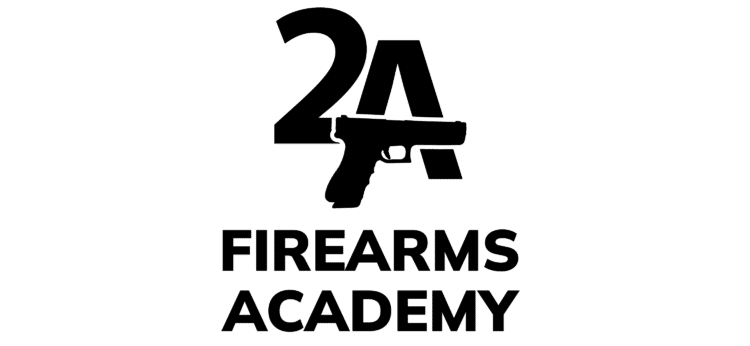Signing up for your first concealed carry weapons (CCW) class is a significant step. Whether you’re completely new to firearms or have been around them for years, learning to carry a handgun responsibly is a unique skill that requires both mindset and discipline. Your reasons for wanting to carry — personal protection, recreational shooting, or general firearm education — have brought you to this moment, and you’re ready to get started. Congratulations on taking this step! Here’s a detailed guide on what to expect and how to get the most out of your CCW training.
Class Overview: A Primer on Safety and Skills
One of the first things you’ll learn is that expertise isn’t required to join a CCW class. It doesn’t matter if you’re a newcomer whose shot groupings are wide or an experienced shooter with precise accuracy — every student will gain value from focusing on the most crucial element: safety. Safe firearm handling is foundational to concealed carry. Being able to draw, handle, and secure your firearm under varying circumstances is key to protecting yourself and those around you.
Classes often include exercises where you’ll be asked to shoot in ways you are not accustomed to. Imagine an attacker charging you or using cover in a self-defense situation; these drills train you to handle a weapon under duress. Your accuracy might not be perfect in these positions, but the goal is to maintain control, stay aware of your surroundings, and prioritize safety in high-stress situations.
Essential Knowledge of Your Firearm
One core part of the class involves learning the functions of your firearm. It’s not just about pulling the trigger; you’ll gain a deep understanding of its components, handling mechanics, and maintenance needs. Knowing how to load and unload magazines for semi-automatics or work with revolver cylinders, for example, is critical for safe use. In an emergency, you’ll need to perform these actions swiftly and confidently, and your instructor will guide you through hands-on exercises to build these skills.
Understanding the difference between cartridges and calibers is another essential aspect of your training. While “cartridge” refers to the ammunition designed for your firearm (such as 9mm or .45 ACP), “caliber” often describes the bullet’s diameter. Knowing these distinctions will help you select the right firearm and ammunition, whether for training or personal defense. Incorrect ammunition choice can be dangerous, so your instructor will cover these details to ensure your safety.
Legal Considerations and Classroom Insights
The legal aspect of carrying a concealed weapon is just as important as the technical skills. Laws vary widely by state and locality, so don’t worry if you come in with questions. Your instructor will introduce you to the basics of lawful concealed carry, likely covering when and where it’s permissible to carry, how to responsibly store your firearm, and what constitutes appropriate self-defense. Many instructors also share insights gained from working with law enforcement and legal experts, providing a well-rounded view of what it means to carry responsibly.
This part of the class often encourages questions. Instructors want you to understand not only what is legal but also what is wise. Practical insights, like how to avoid risky situations or de-escalate confrontations, can be invaluable. Feel free to ask about any legal concerns, as your understanding will directly impact your confidence in carrying and using a concealed firearm in real life.
Mental Preparedness and Building Confidence
Concealed carry involves a strong mental component. Your instructor will likely discuss situational awareness — a skill that enables you to anticipate and potentially avoid dangerous encounters. They might share techniques for staying alert and aware of your surroundings and may even walk through hypothetical scenarios to help you mentally prepare for self-defense situations. Confidence, however, doesn’t mean overconfidence; part of responsible carrying is knowing when not to draw your firearm. These mental exercises are just as important as physical training, helping you carry not only safely but also wisely.
Final Preparation Tips
As you get ready for your first CCW class, here are a few additional tips to ensure you’re fully prepared:
- Get Rested: A good night’s sleep will help you stay sharp and retain more information.
- Dress for Comfort and Safety: Wear sturdy, comfortable clothes and closed-toe shoes. Many classes include hands-on activities, so dress as you would for a practical, physical task.
- Take Notes: Bring a notebook to jot down key points. There will be a lot of information to absorb, and reviewing your notes afterward will reinforce what you’ve learned.
- Stay Open to Learning: Even if you’re experienced with firearms, there’s always something new to learn. Approach the class with an open mind, and you’ll leave with skills you can rely on.
Finally, make sure you’re clear about the purpose behind your training. Concealed carry is a serious responsibility, one that calls for continual learning and growth. You’re investing time and money into a skill set that could protect yourself and others, so dive in with commitment. Stay engaged, keep asking questions, and make the most of this opportunity to become a knowledgeable, responsible CCW holder.
